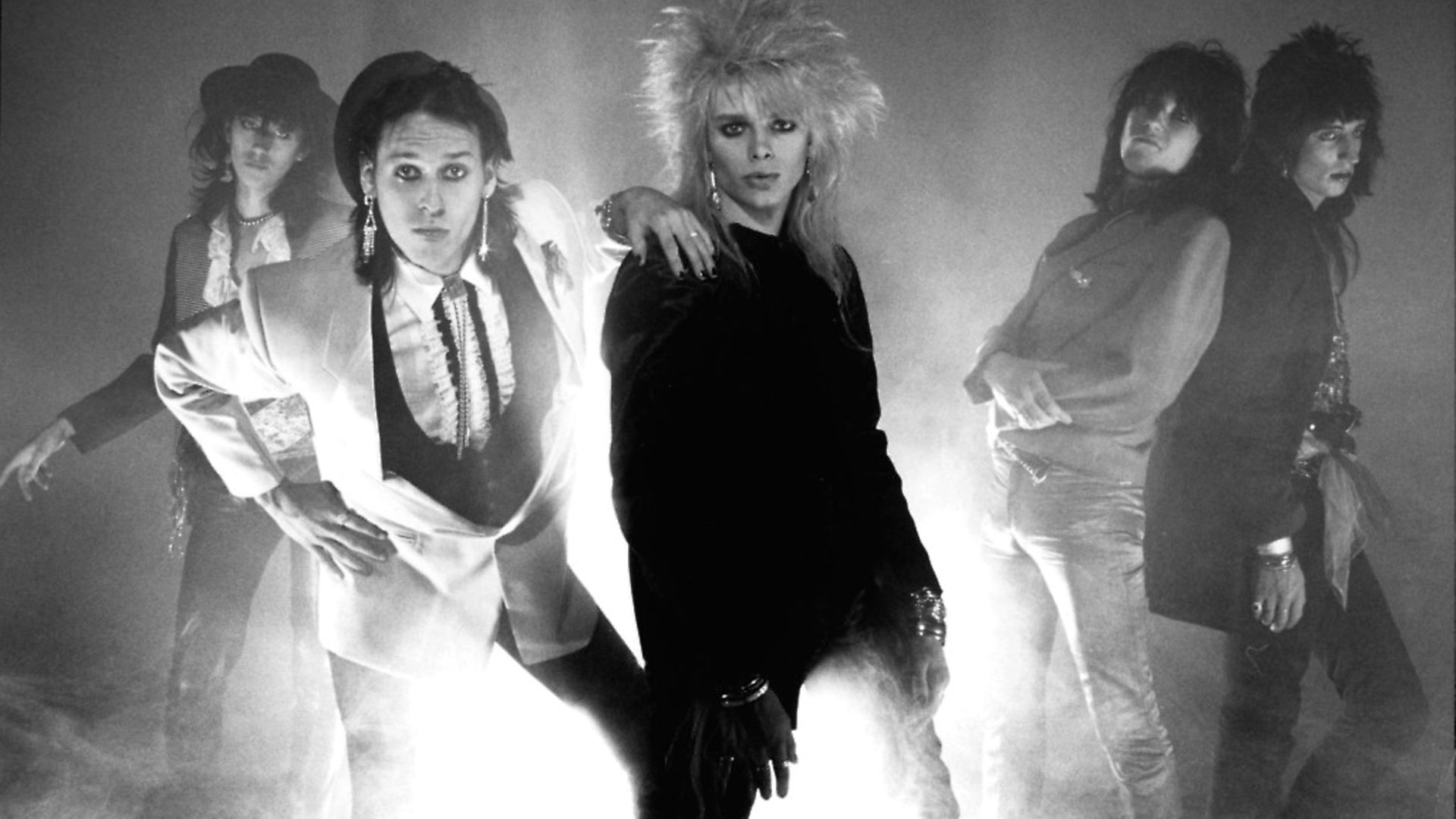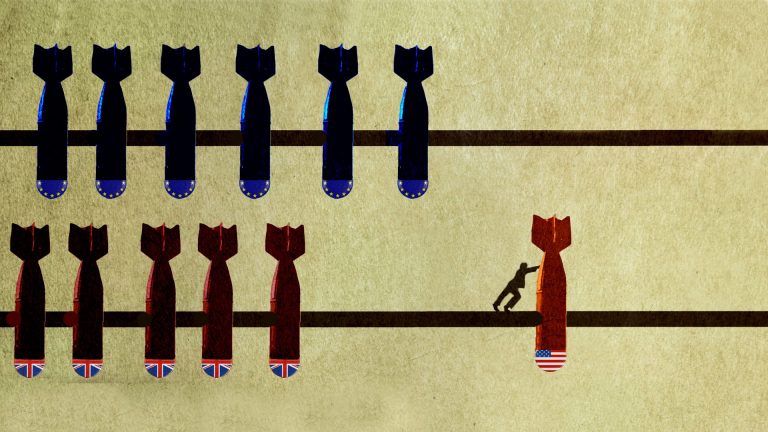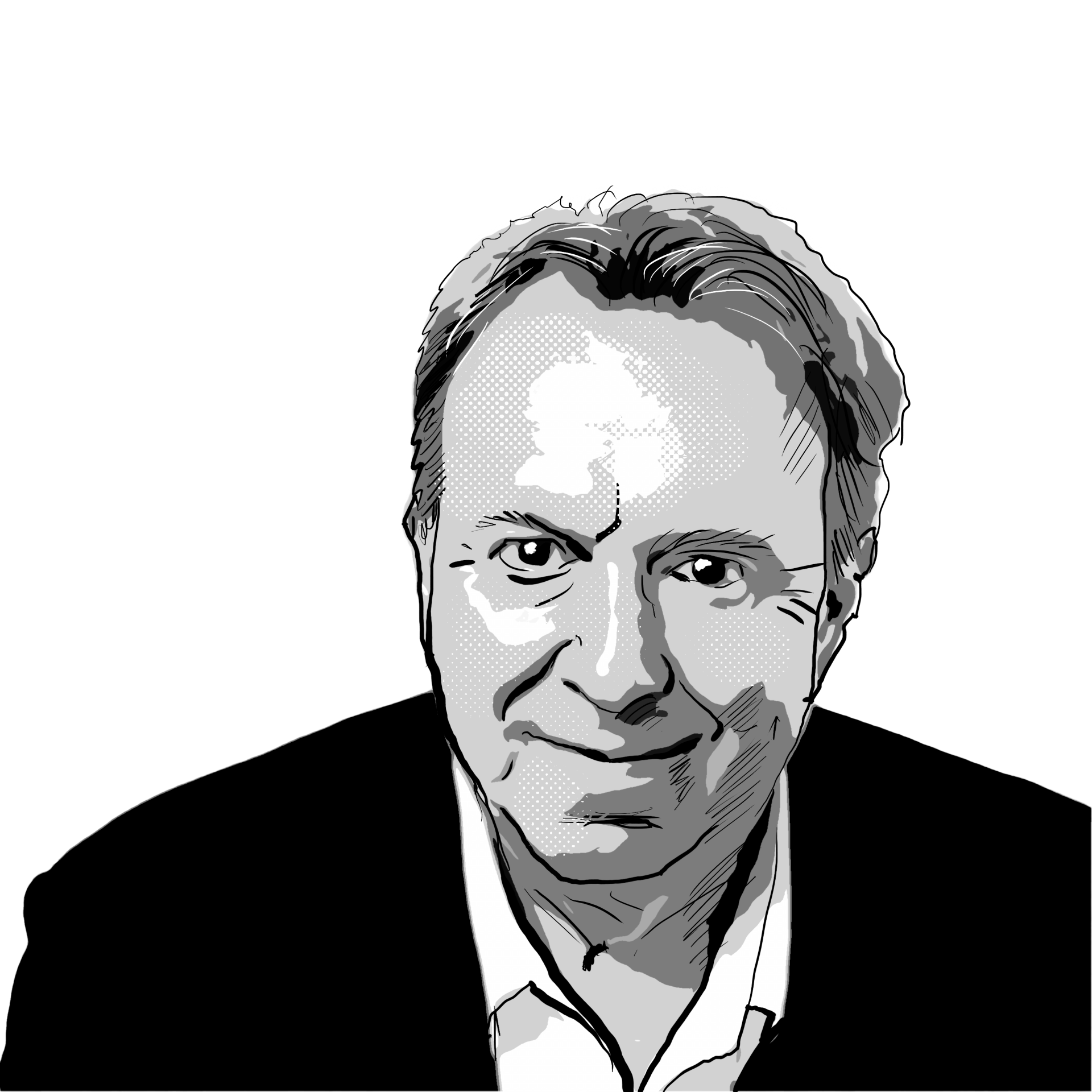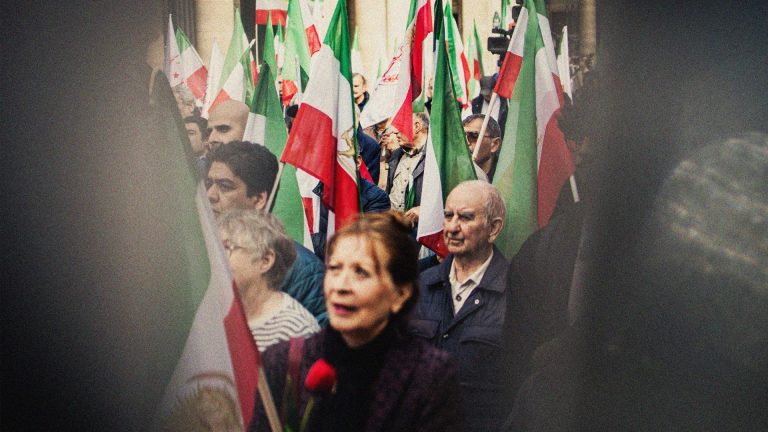
Classical music may have played a central role in Finland’s history, but so has classic rock. SOPHIA DEBOICK reports.
Finland is a land of extremes. With a population of five-and-a-half million, it is the most sparsely populated country in the European Union, and it is also the EU’s most northerly country, its northernmost third lying within the Arctic Circle. This is a land of lakes (nearly 190,000 of them), frozen landscapes and dark woods (almost 80% of the country is covered in forests).
This is the natural habitat of mythical creatures: Peikko (trolls), tursas (sea monsters), keiju (fairies), menninkäinen (gnomes), näkki (water spirits), hiisi (giants), and tonttu (elves). But Finland is also a hyper-modern country with thriving urban centres.
With probably the best standard of living in the world, it has topped international surveys of educational achievement and has the highest number of registered book borrowers per capita globally. It is an enviable picture, and the Finns punch well above their weight musically too.
In the 1830s, doctor and philologist Elias Lönnrot collected Finnish folk poetry and ballads, working them into the Kalevala. The story of Kullervo, the enslaved and abused sole survivor of a massacred tribe, it is the Finnish national epic and jewel in the crown of the Finnish romantic movement.
Over half a century later, a 26-year-old Jean Sibelius would premiere his Kullervo choral symphony with the Helsinki Orchestra Society, his first major work, which had been composed between Vienna, the town of Loviisa, 50 miles along the coast from Helsinki, and the capital itself.
In the years that followed, Sibelius, born in the city of Hämeenlinna, 60 miles from Helsinki, would become the foremost Finnish musical force.
Sibelius undoubtedly had more of an affinity with the rural than the urban, spending most of his life at Ainola, the marital home he built in 1904 on the shores of Lake Tuusula, well north of Helsinki. He considered silence essential to the work of composition and often suffused the mood of Finland’s countryside into his music. Yet, he had received his education at the Helsinki Music Institute and the capital was central to his career.
All but the last of Sibelius’ seven symphonies were premiered in Helsinki, as were such signature pieces as the nationalistic Karelia Suite, the rousing Finlandia (a piece debuted at the Swedish Theatre for 1899’s famed protest against Russian imperial censorship), the self-explanatory Valse Triste, the powerful single-movement En Saga, and the virtuoso Violin Concerto. The city was also where Sibelius indulged his considerable, and problematic, appetites.
Artist Akseli Gallen-Kallela captured an apparently rather well-oiled Sibelius at one of the legendarily boozy cultural meetings at the Hotel Kämp, overlooking Esplanadi Park, of the 1890s. Sibelius seemingly spent as much time in Helsinki’s bars as composing at home, and his excesses were part of a picture of illness and personal struggle played out in his work. He withdrew from work and public life in the mid-1920s, dying at Ainola, now a museum dedicated to him, in 1957, aged 91.
Almost as long-lived was Helsinki-born Einojuhani Rautavaara who, after completing studies at the Helsinki Music Institute (by then renamed the Sibelius Academy), was anointed by the octogenarian Sibelius when he gave the young man a recommendation for a scholarship to Juilliard in 1955. Rautavaara’s prolific output – more than 150 works – included operas based on the lives of Van Gogh, Finnish author Aleksis Kivi and Rasputin, and he went through multiple stylistic changes, ranging from a Russophile, neoclassical approach in the 1950s to an idiosyncratic amalgam of styles by the 1980s.
Rautavaara argued for breaking out of stylistic straightjackets, saying: “All artistic taboos are evidence of shortsightedness and often of racism.”
Rautavaara’s spiritually-informed seventh symphony of 1994, Angel of Light, was a good accompaniment to imaginings of Scandinavian folk tales, while his 1972 ‘concerto for birds and orchestra’, Cantus Arcticus, used recordings of birdsong from the Finnish Arctic. Along with his contemporary Joonas Kokkonen, Rautavaara bridged the gap between Sibelius and a younger generation of composers. That generation included Helsinkiläinens Erkki Salmenhaara (influenced by minimalism and romanticism), Paavo Heininen (composer of fractured, modernist pieces), Leif Segerstam (a Santa Claus lookalike and writer of 335 symphonies and counting), Kalevi Aho (best-known for his Theremin Concerto) and Esa-Pekka Salonen (principal conductor of London’s Philharmonia Orchestra). The monolithic Helsinki Music Centre, built in 2011 and home to the Sibelius Academy and two orchestras, stands for the privileged place of classical music in Finnish culture today.
Finland’s classical music pedigree may be impressive, but its capital has been the breeding ground for a prolific rock music output too. Blues Section, fronted by Englishman Jim Pembroke, are seen as the alpha point for Finnish rock, Jimi Hendrix’s May 1967 appearance on Finnish television and performance at the Kulttuuritalo venue that same evening having had a galvanising effect on them.
Members of Blues Section later formed notable prog rock bands Wigwam and Tasavallan Presidentti, and all three were on Helsinki-based alternative label Love Records, who also put out the work of the Nick Drake-esque Pekka Streng.
In the 1970s, alternative icons emerged from all over Finland, from Hamina’s Pelle Miljoona, Finland’s godfather of punk (see 1978 debut Olen työtön [I’m Unemployed]), to Kerava’s Ismo Alanko, originally of New Wave group Hassisen Kone and dubbed ‘Finland’s David Bowie’. But from the 1980s Finnish rock began to make itself truly felt internationally, and Helsinki was the epicentre of this earthquake.
Hair metal pioneers Hanoi Rocks exploded out of Helsinki in the early 1980s, formed by guitarist Antti Hulkko, originally a member of Pelle Miljoona’s band, and the pin-up-beautiful Matti Fagerholm (he rechristened himself Michael Monroe). Their song Kill City was inspired by a bohemian hangout in the Kallio district of the city, but it was in the US that they made it big, landing a deal with CBS and making an album with legendary rock producer Bob Ezrin.
Hanoi Rocks’ ascendency was cut short when their English drummer, Nicholas ‘Razzle’ Dingley, was killed in a car crash (the vehicle was being driven by Mötley Crüe’s Vince Neil), but the influence of their outrageous, androgynous style and glam sound went deep in the LA rock scene, and could be seen in the likes of Poison and early Guns N’ Roses.
Since the turn of the millennium, Helsinki bands have enjoyed even greater international success. 1999 saw HIM release their debut single Join Me in Death, a No.1 in Finland and Germany, and launching their singer Ville Valo – another Finnish rock androgyne – as an emo idol who would be adored by teenagers across Europe. In 2003, Helsinki school chums The Rasmus had a massive pan-European hit with their anthemic In the Shadows. Laplander shock rockers Lordi, meanwhile, had played their first gig at Helsinki’s dockland Nosturi Club in 2002, and went on to win Eurovision 2006 with their Hard Rock Hallelujah, presiding over the proceedings when Finland hosted the contest at the capital’s Hartwall Areena the following year.
Lordi’s comedy rock is part of a tradition in Finland dating back to the 1970s, which includes the bad taste comedy punks Sleepy Sleepers and the rock ‘n’ roll pastiche band Leningrad Cowboys, proving that Finnish music runs the full gamut from exquisite beauty to crass humour.









